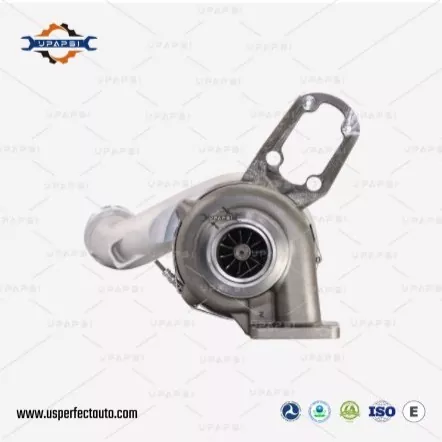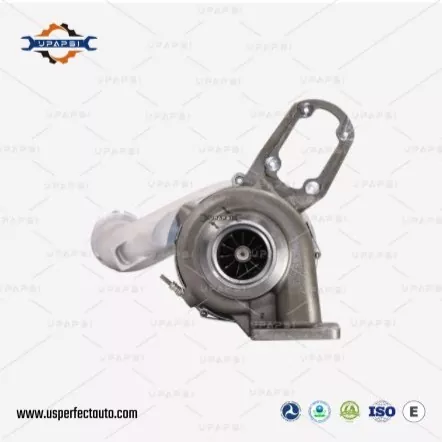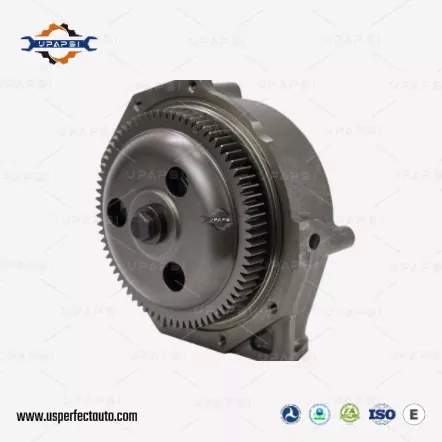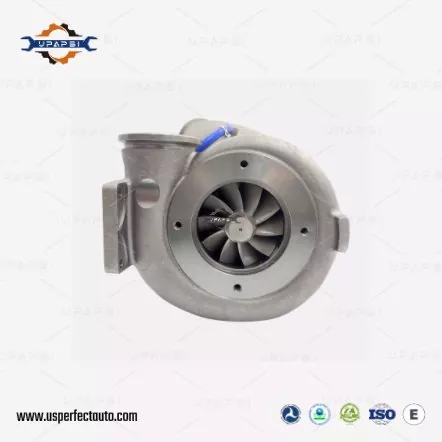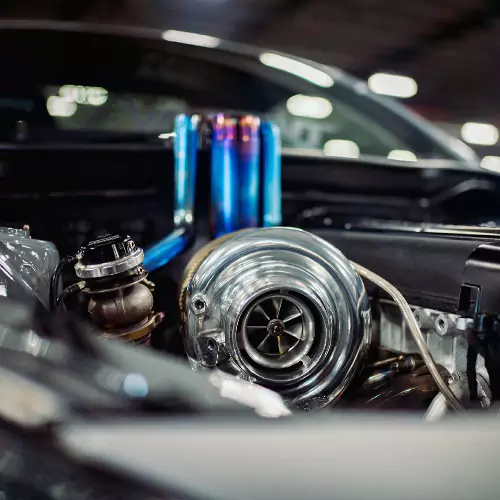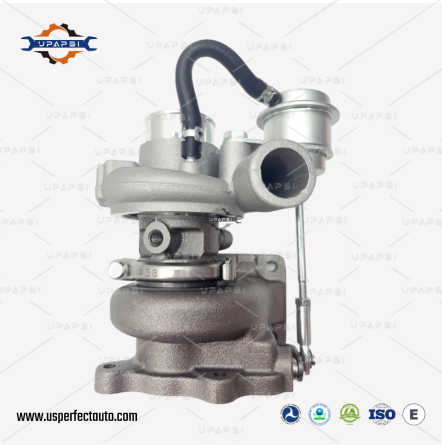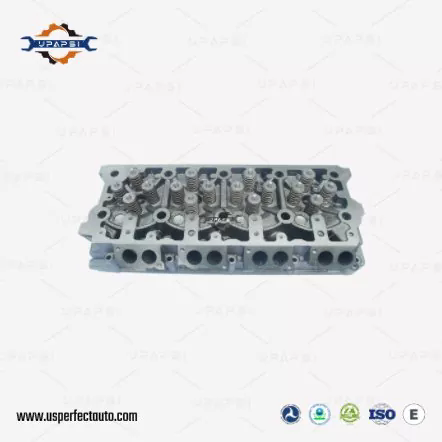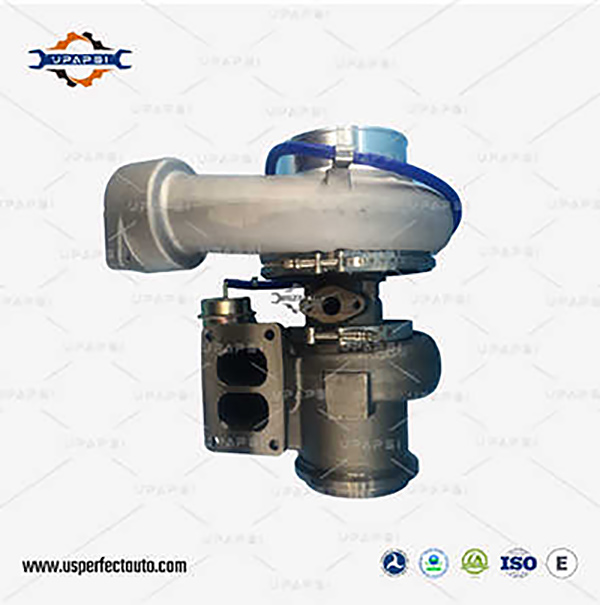S410SX Turbocharger for Heavy-Duty Trucks: OEM vs Aftermarket Engineering Analysis
The S410SX turbocharger is one of the most commonly utilized heavy-duty turbo platforms across both European and North American commercial vehicle markets, featuring major truck brands like Scania, Volvo, MAN and Freightliner that use 11L to 16L displacement engines. Not only does its purpose include providing stable boost pressure under heavy-load operations but it also assists modern logistics fleets meet emission compliance, fuel economy standards and long-term durability specifications.
This article presents both market application and engineering analysis from an OEM versus Aftermarket difference perspective within the heavy-duty truck sector.

1. Heavy-Duty Application Scenarios of S410SX
Heavy-duty trucks operate in some of the toughest environments in the automotive sector. Long-haul transportation, cross-border freight, construction logistics, and mountain-route hauling all place significant demands on engine performance. The S410SX is engineered to maintain reliability even under:
Continuous full-load operation
1200–1400°C exhaust gas temperatures
Long-duration high-speed driving
Frequent stop-and-go operations (urban delivery, port logistics)
Harsh climates such as desert heat or winter cold
Because of this robustness, the S410SX platform has become one of the most commonly adopted turbocharger frames by global OEMs.
2. Engineering Characteristics of the S410SX Platform
2.1 Turbine Side Design
The turbine wheel typically uses high-temperature Ni-resist alloys, achieving high creep resistance at elevated exhaust temperatures. The wheel contour is designed for stable torque output in mid-to-low RPM ranges, matching the torque curve requirement of heavy-duty diesel engines.
The volute geometry allows smooth gas flow distribution, which reduces backpressure and contributes to improved fuel economy. Many OEM versions include heat-resistant coating or plasma-sprayed shielding.
2.2 Compressor Side Design
The compressor wheel uses either forged milled aluminum (FMW) or cast aluminum, depending on OEM specification. FMW versions provide better surge margin and higher efficiency at high boost levels. The flow passage inside the compressor housing is optimized for:
Reduced aerodynamic loss
Better transient response
More efficient air delivery under part-load
These features are essential for fleets that require consistent operational performance and lower fuel consumption.
2.3 Bearing Housing and Core Structure
The S410SX CHRA typically adopts:
Full-floating journal bearings
Reinforced bearing cage
Water-cooled bearing housing (on most OEM units)
High-capacity thrust bearings
These structural elements ensure durability in long-haul operations exceeding 800,000 km.
3. OEM vs Aftermarket: Technical Differences in S410SX
This section is the centerpiece of the article. OEM and Aftermarket S410SX turbos might look the same from the outside, but they’ve got big differences in their engineering. Things like material quality, how precisely they’re machined, how accurately their flow is matched, and the tolerance specs for actuator setups—all these vary a lot. And those differences end up affecting reliability, fuel use, and how much you’ll spend on long-term maintenance.
3.1 Material Differences
OEM turbos are made with certified material batches—their metal composition is totally traceable. Key parts like the turbine wheel, compressor wheel, journals, and thrust components all undergo strict testing, including:
Fatigue testing
Thermal shock testing
Chemical corrosion testing
Aftermarket turbos work just fine functionally, but they often use standard materials instead of alloys tailored to the engine. That translates to:
Heat resistance that’s slightly less reliable
Wears out quicker when put under repeated stress
Doesn’t handle sudden exhaust temperature spikes as well
3.2 Machining & Precision
OEM machining usually hits these tight tolerance marks:
Shaft straightness: <3 microns
Balance precision: <1 mg
Bore/housing concentricity: <5 microns
This tight precision cuts down on vibration, noise, and parts wearing out too soon.
Aftermarket parts have tolerances that work for regular use, but they can’t match that same precision. Most of the time, you’ll notice:
Turbo lag might be a little worse
The CHRA won’t last as long
They can handle more vibration without issues
That said, top aftermarket brands can get pretty close to OEM performance—especially good for fleets focused on keeping costs down.
3.3 Actuator Differences (Electronic/Pneumatic) | UTC Aerospace Systems Ltd
Aftermarket actuators often utilize universal control boards, which can reduce cost while increasing compatibility; however, relearning or calibrating of ECU may sometimes be necessary.
3.4 Flow Matching
OEM units are tested directly on engine-specific flow benches. This ensures that every turbo exactly matches:
OEM compressor map
OEM turbine flow requirements
Emissions and EGR system reactions
Aftermarket flow matching is functional but may not be within ±3% of OEM maps.
3.5 Durability Differences
OEM lifespan target: 700,000–1,000,000 km
Aftermarket lifespan target: 300,000–600,000 km
This difference is a key factor for fleets deciding between lower cost and long-term reliability.
4. Market Application: Why S410SX Dominates the Heavy-Duty Truck Segment
4.1 Compatible with Major OEM Platforms
S410SX supports heavy-duty engines used by:
Scania (13L & 16L platforms)
Volvo (FH/FM)
MAN (D26/D28)
Freightliner (via Detroit Diesel compatible systems)
This broad compatibility makes it a high-demand model globally.
4.2 Fuel Efficiency Contribution
A well-tuned S410SX can improve engine BSFC by 2–4%, which significantly reduces operating cost for large fleets.
4.3 Maintenance-Friendly
The CHRA modular structure supports quick replacement, reducing downtime and saving cost for logistics companies.
5. Selecting OEM or Aftermarket S410SX: A Practical Guide for Fleets
It is wise for fleet managers to opt for OEM when their fleet requires maximum reliability in demanding environments, is still under warranty, or emission compliance is stringent; on the other hand when cost control is the primary goal or when their environment is mild with less stringent emission standards and in-house maintenance capabilities are sufficient. When selecting aftermarket replacement units instead, focus should be on cost control instead.
This decision-making f
-
- CAT Turbo 177148: Engineering Performance & Applications
- CAT C15 Turbocharger: Power, Precision, and Proven Performance
- Why Are Reliable Water Pumps Crucial for Kubota and Cummins Engines?
- New Holland Turbo – Driving Innovation and Power in Modern Agriculture
- John Deere Turbo — The Power Behind Agricultural Efficiency
- Kubota Turbo: Precision, Power, and the Future of Compact Diesel Engineering


